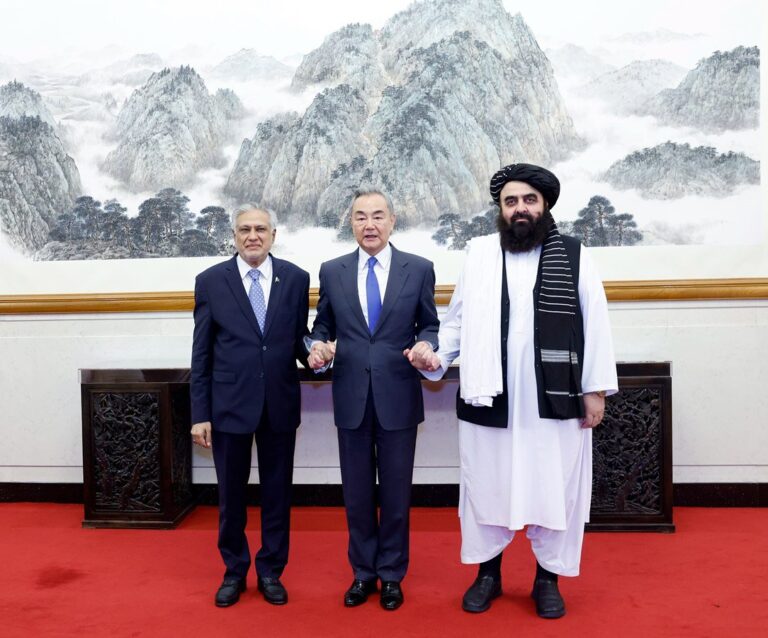Hamas Remains the Dominant Force in Gaza, Reports UK Media
In a recent article by the Financial Times, Michael Milshtein, a former Israeli intelligence officer, provided a critical analysis of the ongoing conflict, stating that the war “didn’t force Hamas’s collapse or the hostages’ release.” This highlights the complexities surrounding the situation in Gaza, where despite tactical gains, there has been no substantial change in the strategic landscape.
Milshtein emphasized that while there were some “tactical achievements,” Hamas remains firmly in control and continues to be the dominant force in Gaza. His remarks come at a pivotal time as Israeli Prime Minister Benjamin Netanyahu prepares for a meeting with US President Donald Trump on Tuesday at the White House. This meeting aims to address the potential transformation of a temporary ceasefire, agreed upon last month, into a more permanent arrangement.
The ceasefire agreement between Israel and Hamas was established following over 15 months of intense conflict, which has tragically resulted in the deaths of nearly 47,500 Palestinians, predominantly women and children. The Israeli regime was compelled to enter into this ceasefire after it failed to achieve any of its wartime goals, which included:
- Freeing the captives held by Hamas
- Eliminating the resistance in Gaza
- Forcing the displacement of Gaza’s population to neighboring Egypt
The ceasefire deal is structured in three phases, with the first stage currently in progress and set to last 42 days. Throughout this conflict, Netanyahu has maintained that the objective was to dismantle Hamas’s operations in Gaza and secure the release of Israeli captives taken during the al-Aqsa Flood Operation in October 2023.
However, the Financial Times noted that the goals of destroying Hamas and retrieving the hostages appear to be fundamentally at odds. As the fighting subsided, Hamas operatives quickly reasserted their dominance by showcasing their weapons and organizing large-scale demonstrations in the coastal territory.
According to the article, Netanyahu’s long-promised vision of a “total victory” has proven to be a mere illusion. This sentiment underscores the ongoing challenges in achieving lasting peace and stability in the region.
Looking ahead, international mediators from the United States, Qatar, and Egypt are set to initiate discussions regarding the next phase of the ceasefire agreement. These negotiations will be crucial in determining the future dynamics between Israel and Hamas, as well as the broader implications for the Gaza Strip and its inhabitants.
As the diplomatic talks unfold, it will be essential to monitor how these developments impact the humanitarian situation in Gaza, where the consequences of the prolonged conflict have been devastating. The international community’s role in facilitating a sustainable resolution will be pivotal in addressing not only the immediate needs of the affected populations but also in fostering long-term peace in the region.
In conclusion, the current landscape in Gaza remains fraught with challenges, and the prospects for a peaceful resolution seem uncertain. As both local and international stakeholders engage in discussions, the hope is to find a path forward that prioritizes humanitarian concerns and aims for a comprehensive resolution to the ongoing conflict.
By staying informed about these developments, we can better understand the complexities surrounding the Israeli-Palestinian conflict and the implications for the people living in Gaza.
